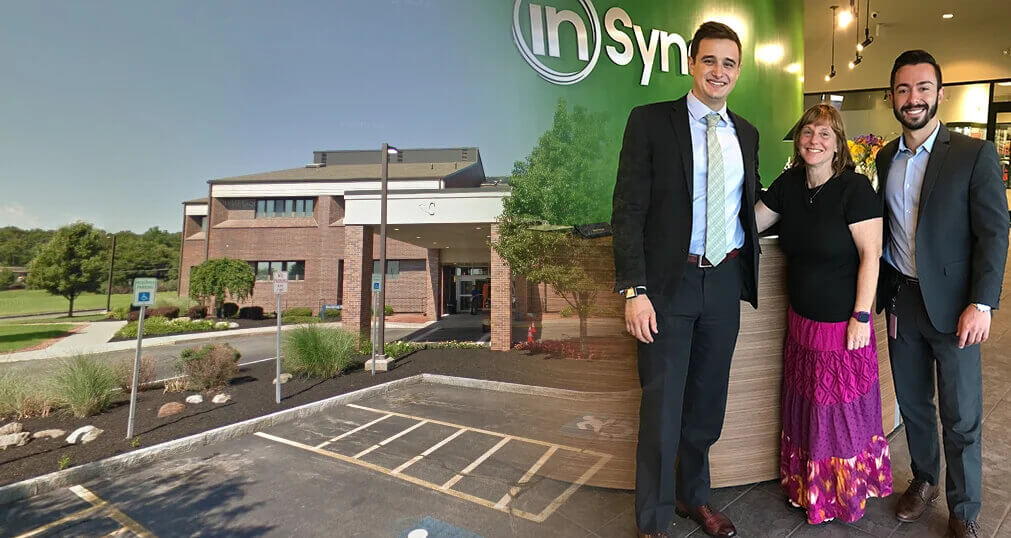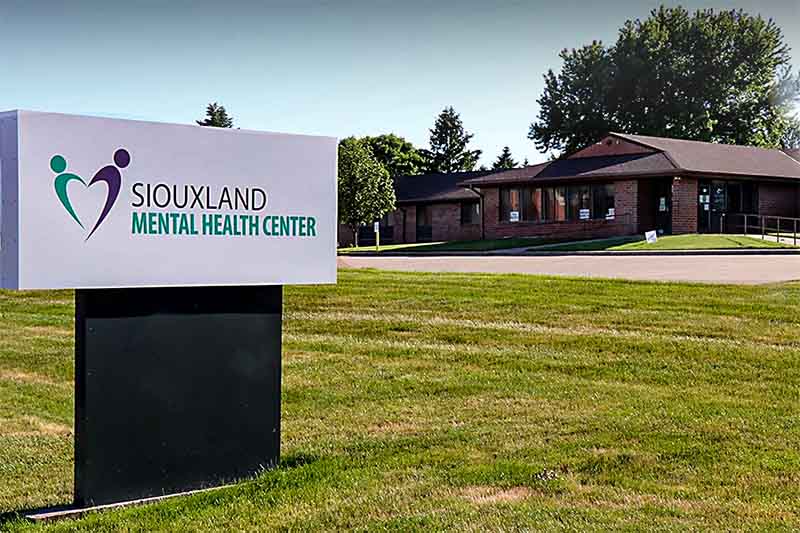EHR Saves Behavioral Health Practice from Documentation Headaches, Positions Practice for Post-Pandemic Care
In late 2019, Westfall Associates’ clinical director Sherry L. Nau sought a better way to handle clinical documentation, billing, and e-prescribing for the practice’s patients with substance-use and mental-health disorders. The forthcoming coronavirus pandemic wasn’t even on the practice’s radar.
Finding the Right Solution
The months-long process of finding the right solution led Rochester, N.Y.-based Westfall leadership to discover InSync Healthcare Solutions, which specializes in electronic health records (EHR) for behavioral health practices and substance abuse professionals. Nau and her staff would implement it just in the nick of time – six weeks before New York State would order non-urgent health centers to swap in-person visits for virtual care in mid-March.
Today the InSync EHR, which offers telehealth functionality, is an essential tool for clinicians. It also enables leadership to track important trends and leverage proactive, preventive medical care.
Background
Headquartered in Rochester, N.Y., Westfall Associates is a behavioral health practice that has helped thousands of individuals and their families overcome and cope with substance-use disorders and mental-health illnesses since 1985. Staffed with a team of 14 multi-disciplinary healthcare professionals, who oversee upwards of 1,000 patient encounters per month, Westfall provides a comprehensive and integrated range of services and resources to meet the individual needs of clients at any stage, age, or relationship to a problem. The practice’s advanced, holistic approach to treatment and long-term recovery includes addressing the medical, psychological, social, family, and behavioral factors that influence and perpetuate complex and chronic behavioral health conditions.
Challenges
Over the last several years, the number of regulations addressing patient privacy, safety, and outcomes has increased significantly. These include the Comprehensive Addiction and Recovery Act (CARA) of 2016, the Substance Use-Disorder Prevention that Promotes Opioid Recovery and Treatment (SUPPORT) for Patients and Communities Act of 2018, and the Confidentiality of Substance Use Disorder Patients (or 42CFR). Complying with these regulations necessitates the ability to document and transmit information to state-based and federal databases — a task that was increasingly time-consuming for Westfall Associates leadership, which relied on paper-based documentation.
As the ONC has noted, the rate of health IT adoption among behavioral health care providers is less than that of primary-care physicians, because a number of providers – including community mental health centers and substance abuse treatment programs – have not been eligible for federal incentives tied to EHR adoption. When she took over the clinical director role, clinical director Sherry Nau saw the immediate need for change. Documenting on paper would only slow down the practice as it grew, and make integrated care, which is correlated with higher outcomes for substance use disorder (SUD) patients, increasingly difficult. Also, relying on paper puts the organization at risk of violating HIPAA and other privacy provisions.
Approach & Solution
In selecting an EHR, Nau knew exactly what she wanted: a system that offered the perfect balance of out-of-the-box functionality and customizable templates — tailored to the workflows of behavioral-health professionals. At a minimum, it would need to be easy to use and integrate with practice management and billing software.
“There were a few EHRs that had a lot of great things out of the box, but I couldn’t customize anything,” Nau recalls. “With other solutions, the customization offering was too broad touching nearly every part of the workflow. We needed to strike the right balance.” To find the perfect solution for Westfall, Nau and her colleagues spent August to November 2019 testing several systems.
After dozens of hours of demos, Nau narrowed down their choices to two, giving the practice’s director the final say. InSync Healthcare Solutions’ EHR for behavioral health professionals stood out because of its dynamic, flexible interface, seamless e-prescribing system, and workflows that supported clinicians’ needs. The EHR’s reporting capabilities would enable the practice to send data to state and federal registries while allowing the practice to benchmark its progress for key metrics.
Getting the EHR up and running was easier than expected. InSync’s EHR implementation specialist worked with Nau and her staff to address potential problems and understand some of the unique applications within the EHR. The specialist worked individually with clinicians and billing staff to answer questions and guide them in understanding the EHR’s features.
Outcomes
While Nau says there was some initial pushback among clinicians, especially those who’d spent their entire careers using paper, nearly all staff grew accustomed to the EHR within a few weeks — and most even came to prefer it. Billing improved too, as did the practice’s key financial metrics, such as days in accounts receivable (A/R). But the real test came with COVID-19, which hit New York hard in early March. The practice was ordered to switch from in-person to virtual care for at least five weeks, per New York State Governor Cuomo’s orders.
Fortunately, the switch to telehealth sessions was much easier than anticipated, even for clinicians who had never used telehealth before.
Reflections
Having an EHR made it possible for Westfall Associates to sustain its operations over the last seven months and provide much-needed care during one of the most trying times in history. In addition to the telehealth functionality, which was essential to avoid care disruptions, the InSync EHR’s analysis, and reporting functions help clinicians gain a deeper understanding of the struggles that patients are experiencing — for example, increased chronic stress. Having this information is helping staff to customize their care to patients’ real-time needs in an uncertain time. For the foreseeable future, the practice plans to offer a combination of in-person and Zoom meetings — an option that wouldn’t have been conceivable eight months ago. Clinicians, too, appreciate the continued flexibility to see patients in the way that fits their safety needs.
For more information about Qualifacts New York specific capabilities click here.





